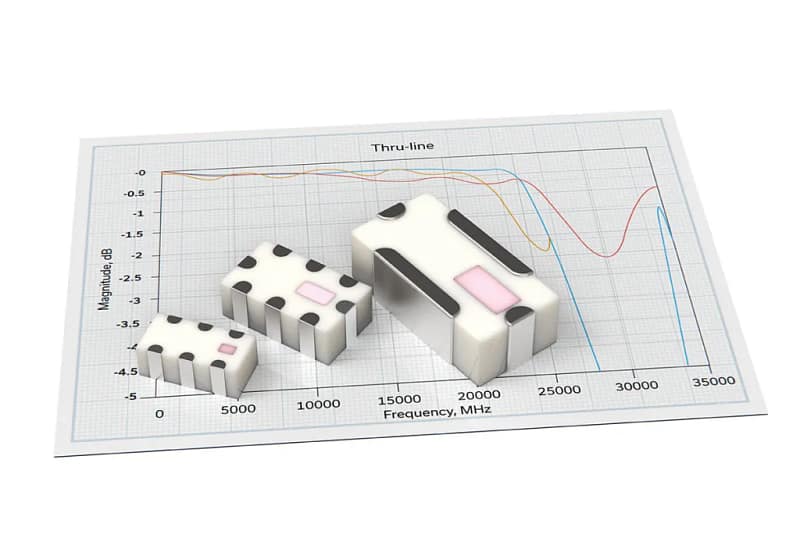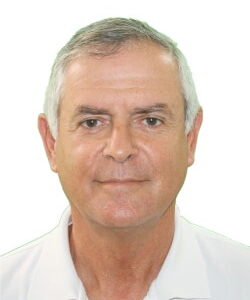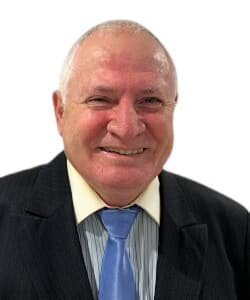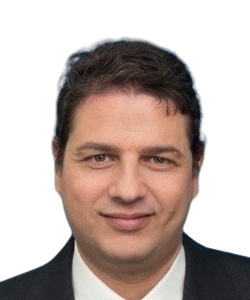Using LTCC Thru-Lines as Filter Placeholders

Experienced engineers often take some creative license inserting filters into component cascades to filter out a myriad of undesired signals. For example, mixer spurs at the IF port can be complex, and it’s difficult to predict the net effect of the IF filter on these undesired signals. Often, engineers will first examine the raw, unfiltered mixer spurs in detail as a test to choose the appropriate IF filter. The savviest of these engineers understand the importance of having thru lines in their repertoire with standard footprints to serve as placeholders for filters they may choose to add to the signal chain later in the design process. Sometimes, PC board footprints for filters are added as risk mitigation. In cases where no filtering is ultimately required, thru lines are inserted into these slots to stay.
LTCC Meets 5G: Advanced Filter Designs Achieve True mmWave Performance

Low Temperature Co-fired Ceramic (LTCC) substrate technology is one major area of Mini-Circuits’ R&D investment. As a result of its long-term investments in materials, manufacturing processes, simulation and testing capability, research on novel circuit topologies, and world-class engineering talent, the company has developed a new series of filters based on LTCC technology that support the millimeter wave (mmWave) 5G market with a small footprint, low cost, and superior performance to competitive products and technologies. This includes the newly developed bandpass filters specifically designed for the 5G FR2 n257, n258, n260 and n261 bandwidths, low pass filters supporting bandwidths from DC up to 30 GHz and beyond, and high pass filters with passband cut-offs up to 36 GHz at the time of this writing.
משיגים הצלחה כבר בסיבוב הראשון ברכיבי LTCC בעזרת מודלים מתקדמים של הדמיית חומרים

מאז הופעתה של ‘תיאוריית סינתזת רשתות’ (Network Synthesis Theory) בתחילת המאה ה- 21, מתכנני מסננים פיתחו פתרונות בעלי תחכום הולך וגובר, כדי לתרגם פונקציות מעבר פולינומיאליות לרכיבים פיסיים עובדים. גוף הידע על רכיבים מקובצים הוא מבוסס היטב על ‘התנך האדום הגדול’ של מסננים Microwave Filters, Impedance Matching Networks, and Coupling Structures, מאת מטאל, יאנג וג’ונס (Matthaei, Young and Jones), ועבור מבני צימוד בספר Microwave Filters for RF/Microwave Applications. הידע הזה, כשהוא משולב בזמינותם של כלי תוכנה מתקדמים לניתוח מסננים עם אלגוריתמים ממוסחרים לפתרון מקיף וממוחשב, כדוגמת שיטת המומנטים (MoM) ושיטת האלמנטים הסופיים (FEM), סיפקו למתכננים ערכת כלים רבת יכולת שמאפשרת לממש הן טופולוגיות ידועות וגם טופולוגיות שרירותיות.





